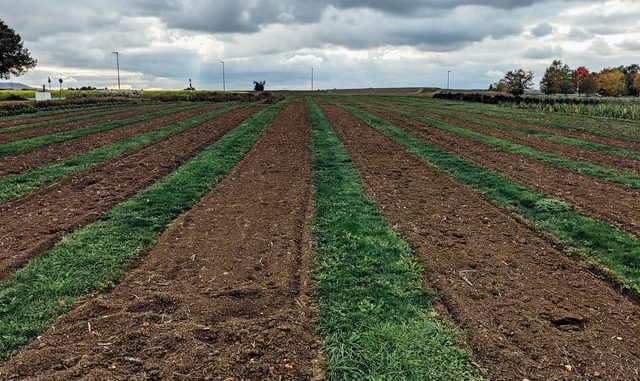
The rains that Morocco has experienced lately have an immediate impact on crops including cereals, said Monday in Rabat, the Minister of Agriculture, Maritime Fisheries, Rural Development and Water and Forests, Mohamed Sadiki.
In a statement to the press on the sidelines of a meeting on the spring crop program in the current crop year, Sadiki noted that “this year has experienced an extremely large water deficit not known since 1981, but since early March the rains have returned in a regular manner.
He said in this sense that March was the wettest month compared to last year and compared to the average during the last thirty years, saying that “the impact is immediate on crops that have not yet been completely destroyed as cereals.
“We are practically on a million hectares of cereals that can know an extremely important catching up,” he said, noting that the impact on the vegetation cover in a global way, especially the rangelands, is significant.
This will greatly alleviate the pressure on livestock and livestock producers and on meat and dairy production, said the Minister, adding that indicators have resumed, including price, for sheep and goats.
The good regional distribution of rainfall received during the month of March 2022, with a cumulative national average rainfall of March 2022, is about 60 mm, an increase of 46% compared to the average of 30 years (41 mm) and 52% compared to the previous campaign on the same date (39 mm), said for his part, the director of development of production sectors within the same ministry, Nabil Chaouki who spoke at the meeting.
These rains in March 2022, he said, could positively impact the evolution of the agricultural campaign, through the acceleration of the pace of installation of spring crops, the recovery of the situation of autumn cereals in favorable bour (wheat and barley).
They will also improve the plant cover in general and rangelands in particular, the revitalization of maintenance work, improving the dams for agricultural use and groundwater levels and improving the situation of fruit farming (citrus, almond, olive, argan …), he continued.
Chaouki also said that the cumulative national average rainfall on March 28, 2022 at 6 hours is 145.3 mm, a decrease of 50% compared to the average of thirty years (292.3 mm) and against 272.2 mm under the previous campaign on the same date (-47%).
And note that significant and variable rainfall depending on the region was recorded from 23 to 26 March 2022 with an average of 17 mm and a maximum of about 86 mm in Tetouan that could positively impact the agricultural sector including the installation of spring crops and the vegetative state of crops in place as well as the rangelands.
For his part, the director of the green field at the group Crédit Agricole du Maroc (CAM), Mustapha Chehhar, said that the CAM aims to financially support farmers so that they can take advantage of rainfall in March and accelerate the installation of spring crops.
CAM, he said, is mobilizing for the revitalization of the agricultural campaign 2021-2022, highlighting the implementation of the CAM device to mitigate the impacts of delayed rainfall, the operation “Istidrak Al Mawssim Al Filahi” and the product “Filaha Rabiiya” (exceptional increase in financing standards for spring crops).
The meeting was attended by the President of the Crédit Agricole du Maroc Group, Tariq Sijilmassi, the Chairman and CEO of the Mutuelle agricole marocaine d’assurances (MAMDA), Hicham Belmrah, the President of the Federation of Chambers of Agriculture, the president of the Moroccan Confederation of Agriculture and Rural Development (COMADER), the presidents of the Interprofessional Federation of Cereal Activities (FIAC), the Interprofessional Federation of Oilseeds (FOLEA) and Morocco Milk as well as central and regional officials of the Department of Agriculture.

Be the first to comment